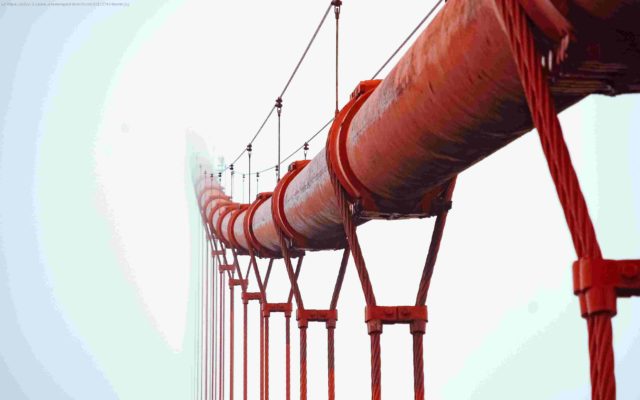Let’s dive into a tutorial on how to build a data pipeline using Confluent Kafka, QuestDB, and Python.
Join the DZone community and get the full member experience.
A data pipeline, at its base, is a series of data processing measures that are used to automate the transport and transformation of data between systems or data stores. Data pipelines can be used for a wide range of use cases in a business, including aggregating data on customers for recommendation purposes or customer relationship management, combining and transforming data from multiple sources, as well as collating/streaming real-time data from sensors or transactions.
For example, a company like Airbnb could have data pipelines that go back and forth between their application and their platform of choice to improve customer service. Netflix utilizes a recommendation data pipeline that automates the data science steps for generating movie and series recommendations. Also, depending on the rate at which it updates, a batch or streaming data pipeline can be used to generate and update the data used in an analytics dashboard for stakeholders.
In this article, you will learn how to implement a data pipeline that utilizes Kafka to aggregate data from multiple sources into a QuestDB database. Specifically, you will see the implementation of a streaming data pipeline that collates cryptocurrency market price data from CoinCap into a QuestDB instance where metrics, analytics, and further dashboards can be made.
Data pipelines are made up of a data source (e.g., applications, databases, or web services), a processing or transformation procedure (actions such as moving or modifying the data, occurring in parallel or in sequence with each other), and a destination (e.g., another application, repository, or web service).
The type or format of data being moved or transformed, the size of the data, and the rate at which it will be moved or transformed (batch or stream processing) are some other considerations you need to be aware of when building data pipelines. A data pipeline that only needs to be triggered once a month will be different from one made to handle real-time notifications from your application.
Apache Kafka is an open-source distributed event platform optimized for processing and modifying streaming data in real-time. It is a fast and scalable option for creating high-performing, low-latency data pipelines and building functionality for the data integration of high-volume streaming data from multiple sources. Kafka is a fairly popular tool used by thousands of companies.
QuestDB is a high-performance, open-source SQL database designed to process time-series data with ease and speed. It is a relational column-oriented database with applications in areas such as IoT, sensor data and observability, financial services, and machine learning. The database’s functionality is written in Java with a supported REST API and support for the PostgreSQL wire protocol and InfluxDB line protocol, allowing for multiple ways to ingest and query data in QuestDB.






